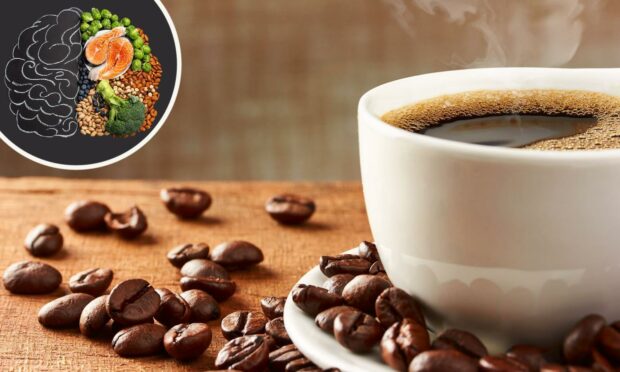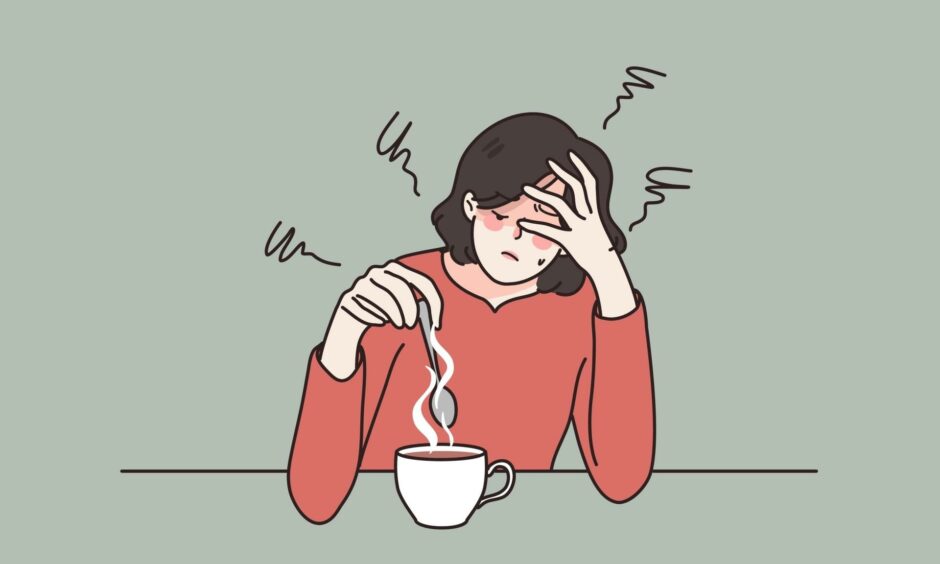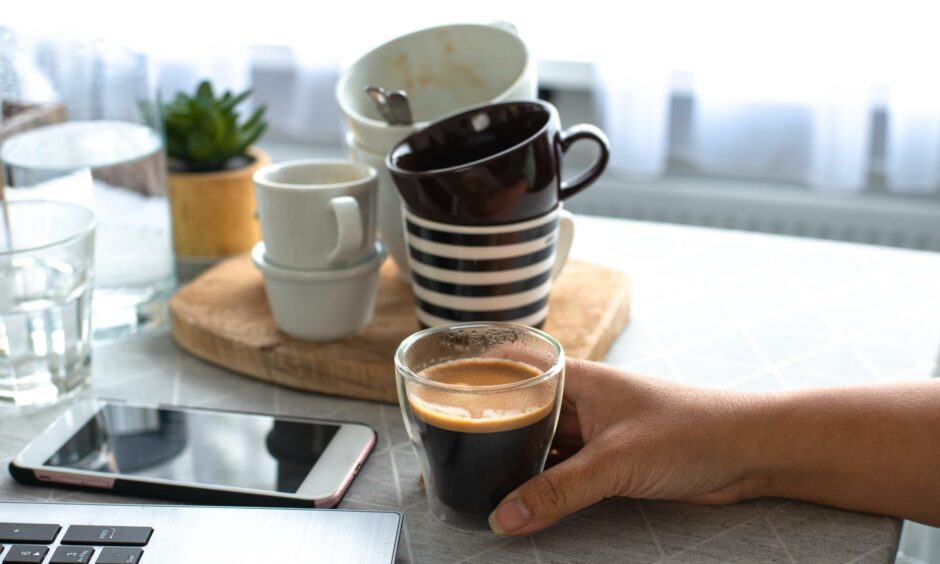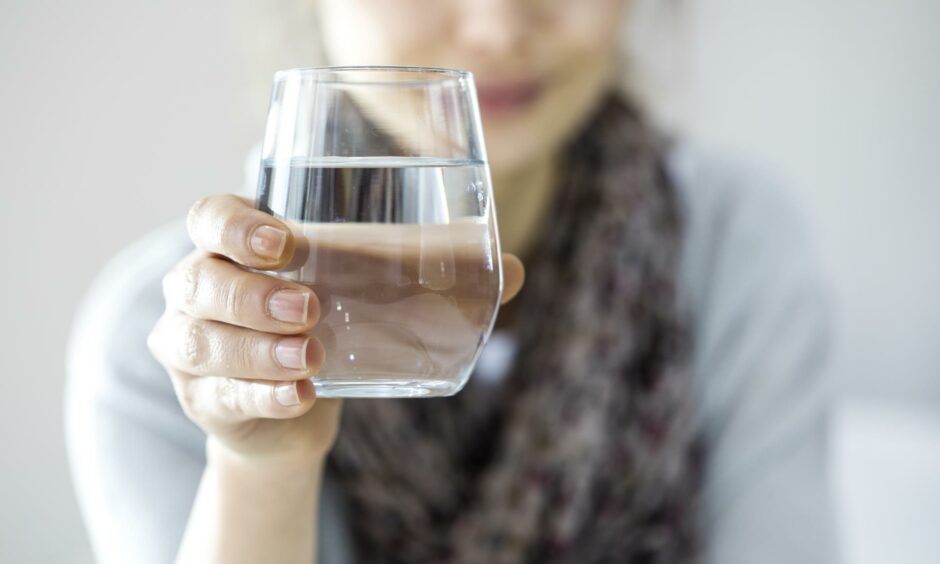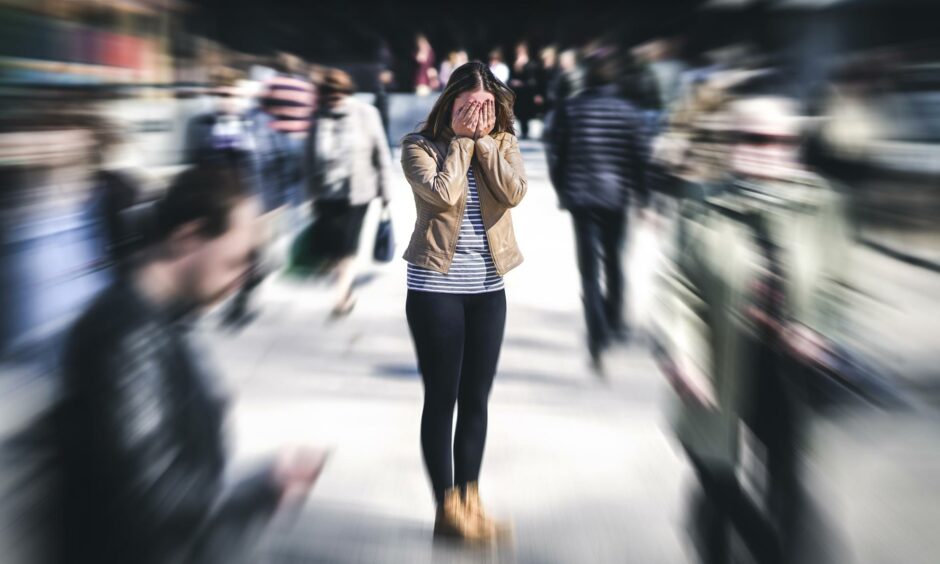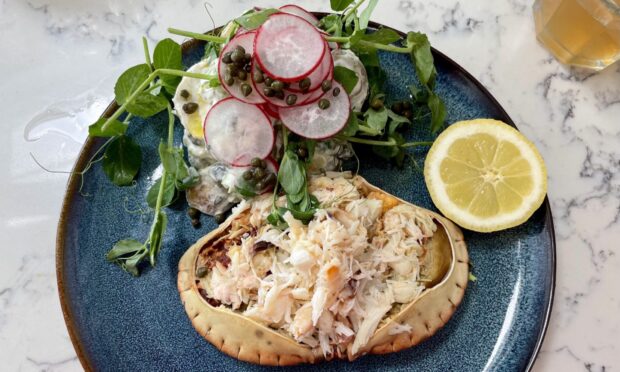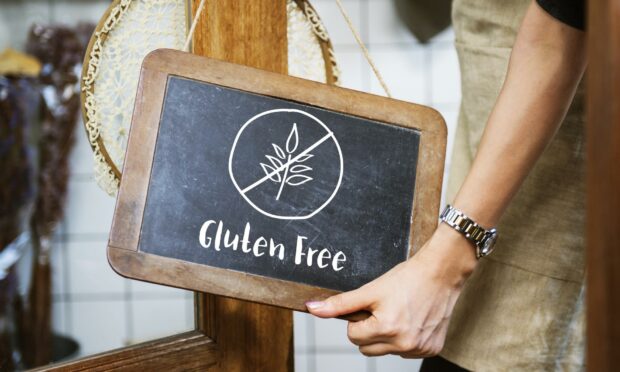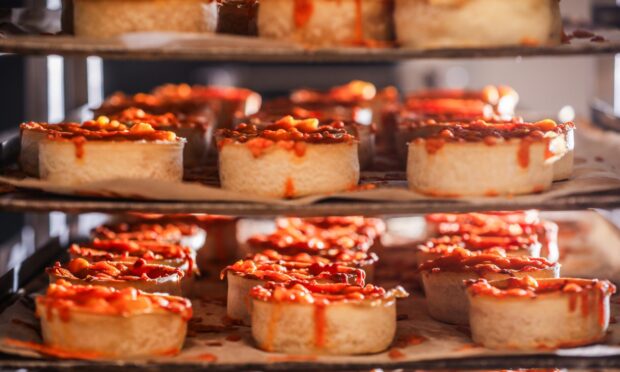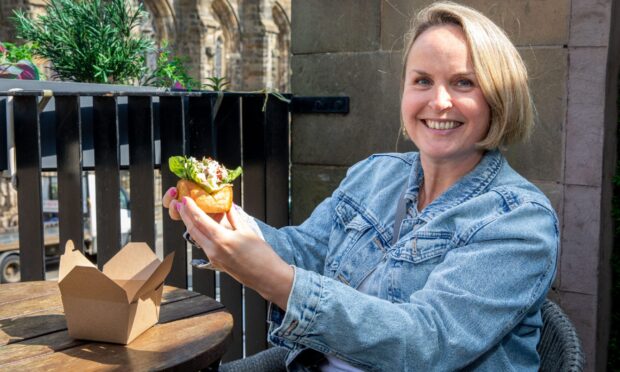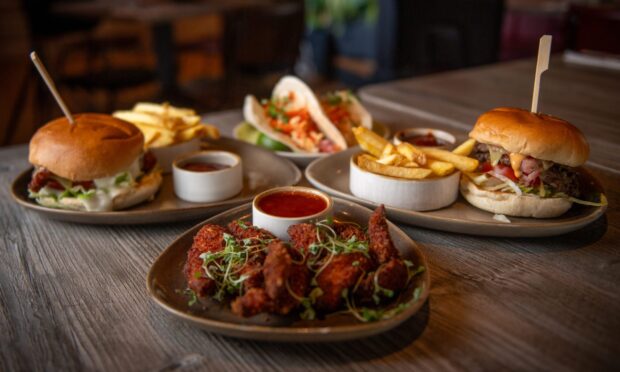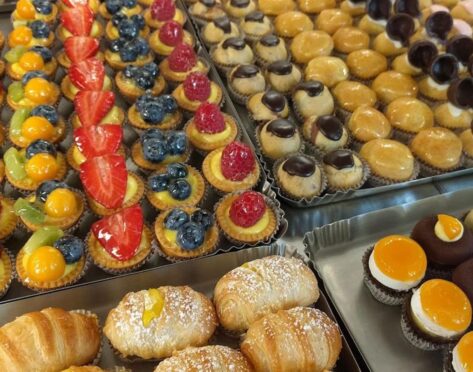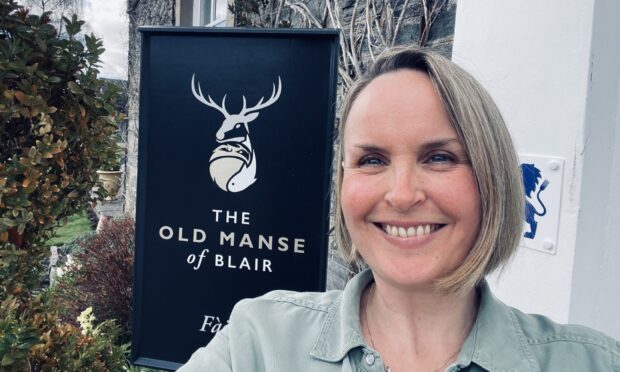With caffeine being recognised as potentially becoming addictive, I interviewed locals about how they have reduced, and in some cases removed, caffeine from their diets.
For many of us, consuming caffeinated drinks is part of every day life. From our morning coffee, to an energy drink to get us pumped for the gym, to fizzy drinks with our meals, it can be easy for the stimulant to make it into our diet.
According to Healthline, caffeine as a substance can increase activity in the brain and nervous system, as well as increase the circulation of chemicals in the body such as cortisol and adrenaline.
As a result, it can help the body feel more awake and for some people, they use caffeinated beverages to help perk themselves up throughout the day.
However, there is the ability to become over reliant on caffeine as a ‘pick me up’ and for those who consume a lot of caffeine and then stop, your body can experience withdrawal symptoms.
The most well-known and widely recognised way of consuming caffeine is coffee.
To find out how individuals reacted to cutting back on the amount of caffeine they were ingesting, I interviewed various readers in the Tayside and Fife area about their experiences of reducing or removing the stimulant from their diets.
Coffee was a constant
Deputy head of print at The Courier and Evening Telegraph, Brian Stormont (49), grew up in a family where everyone drank coffee and saw it as a constant in his life.
At the age of 15, he started drinking the caffeinated drink while studying for his exams and would enjoy a cup or two alongside chocolate biscuits.
At 16, when he started an apprenticeship, he was asked to make coffee constantly.
Brian said:” When I began my apprenticeship the first thing they did was get you to make the coffee. And it was constant.
“There would be a coffee first thing in the morning, at 10am, before lunch, after lunch, a mid-afternoon coffee, and if you were working late there would be a coffee at tea time.
“I would go home and have my tea and then my mum would make a cup of coffee and then I would maybe have one later on also.”
By the time he was in his late 20s Brian was consuming between eight to 12 cups a day.
His sleeping pattern was “all over the place” and he says it wasn’t uncommon for him to go to his bead and feel “wired” because his body was wide awake from all of the caffeine.
“It was utterly ridiculous. I would go to my bed some nights and be wired to the moon because I was buzzing.” explained Brian.
His then girlfriend pointed out his excessive consumption of coffee at the time. But it wasn’t just coffee Brian was consuming. He was also enjoying the occasional fizzy drink and chocolate.
He soon realised he was consuming huge amounts of caffeine.
Better sleep and more productive
By his mid-30s Brian had decided to try and reduce his coffee consumption.
When he did, he experienced headaches and also had the sweats.
Brian added: “When I first started trying to reduce it, I was getting banging headaches and sweats. I was probably addicted to caffeine without even realising it.
“I gradually reduced it. It didn’t happen overnight.”
Now in his late 40s Brian notices the difference with both his mental and physical well-being having cut down his consumption to just one cup per day.
“I definitely sleep better and have more energy as a result. I feel much better and more relaxed now. And I think I am more productive to be honest,” explained Brian.
Brian’s advice to anyone in a similar situation is to try and cut out caffeine gradually rather than all at once.
His advises individuals to take it slow and to try and replace the coffee with water or something else that can alert the senses, like an extra strong mint.
Caffeine caused panic attacks
For Eloïse Vajk (30) from north Perthshire it was ingesting caffeine and drinking lots of coffee that had a big effect on her, rather than giving it up.
Before starting to quit drinking coffee Eloïse had already started to limit her consumption from seven or eight coffees throughout the day, to two or three cups, all of which were consumed before noon.
This was due to a spike in insomnia when she drank coffee.
In 2017, when Eloïse was 26 she decided to completely remove caffeine from her diet after it continued to take a toll on her mental well-being.
She said: “I was feeling anxious all the time and struggling with insomnia and low mental wellbeing.
“I decided to cut out caffeine completely when I began experiencing panic attacks.”
More balanced and consistent energy levels
Despite not experiencing any side effects when cutting caffeine out of her diet, Eloïse is more aware of the impact caffeine has on her body now.
“I don’t consciously consume any caffeine now. When I’m served something with caffeine in it I can immediately notice palpitations, and later will experience feelings of anxiety,” she said.
“Without caffeine I’m much more balanced and have far better consistency to my energy levels.”
Her advice to reduce caffeine is to spend a little extra money on a good decaffeinated coffee, or alternatively, research and find caffeine free drinks that you can enjoy.
Do you consume large amounts of caffeine? Would you ever consider cutting it out entirely? Leave your comments in the submission form below.
This article is part of an ongoing series where topics around food and drink and behaviour will be discussed.
If you have any suggestions on topics you would like to read about, please provide your suggestions in the submission form below.
Mariam Okhai is a food and drink journalist who also researches food behaviour.
She has a Masters in Behavioural Science for Management from the University of Stirling. Her undergraduate degree was in Psychology and Business Economics with Marketing.
She is also a certified habit coach.
You can find out more about her research on her Behavioural Foodie website.
